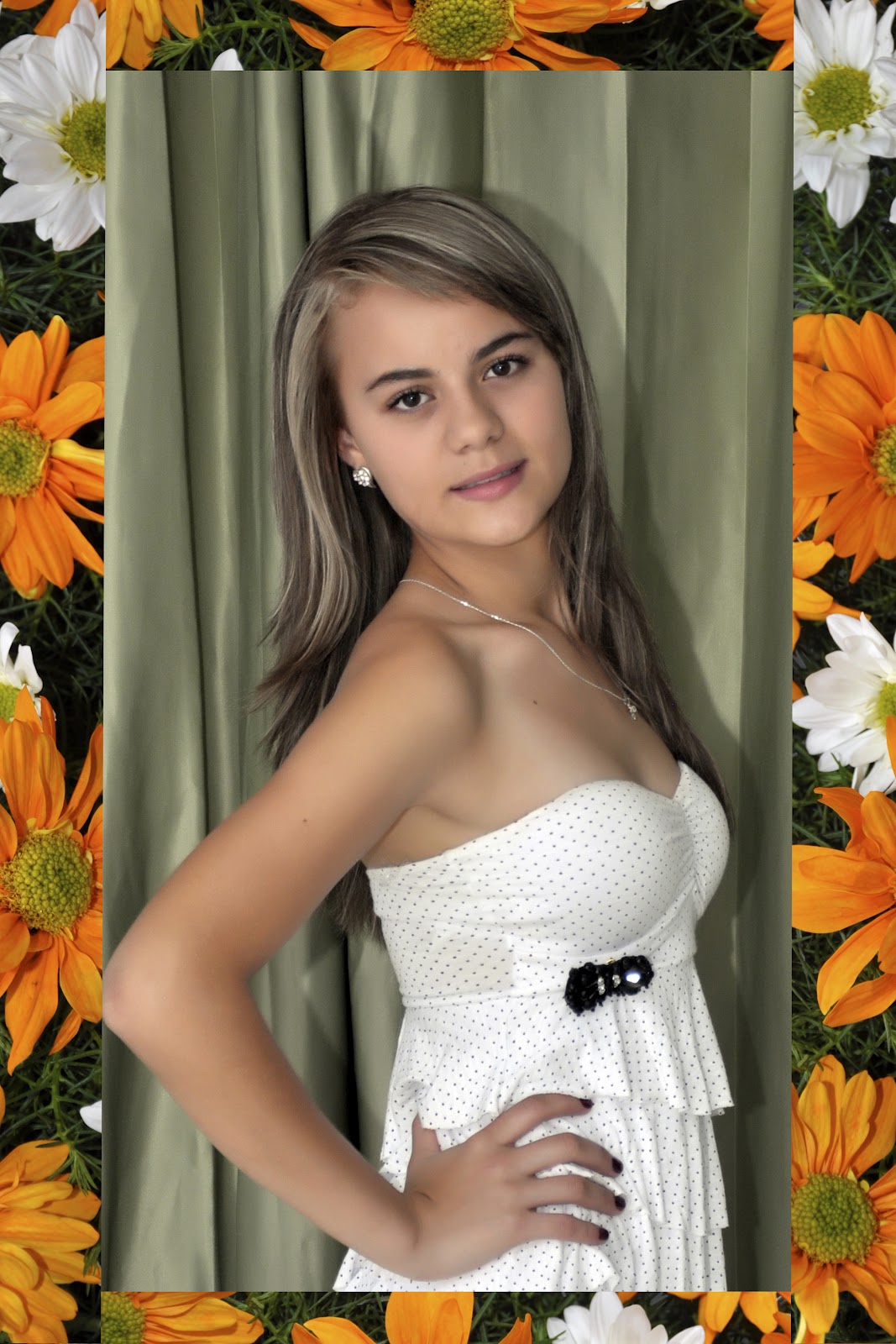In the realm of modeling and technology, TTL models have emerged as a fascinating concept that blends art with science. These models are not just mere representations; they embody intricate designs and serve multiple purposes across various industries. From photography to simulations, the versatility of TTL models is expansive, making them an essential aspect of many creative and technical processes.
As we delve deeper into the world of TTL models, it is crucial to understand their significance and applications. In this article, we will explore what TTL models are, how they work, and their impact on various fields. Whether you are a professional photographer, a tech enthusiast, or simply curious about modeling techniques, this guide will provide valuable insights into the fascinating world of TTL models.
With the continuous evolution of technology, TTL models have adapted and transformed, leading to innovative approaches and enhanced functionalities. Join us as we unravel the mysteries behind TTL models, answering key questions and shedding light on their importance in today’s digital landscape.
What Exactly Are TTL Models?
TTL models, or "Through The Lens" models, primarily refer to a technique in photography where the camera measures light through the lens. This method allows photographers to achieve accurate exposure settings by relying on the camera's internal metering system. The term can also extend to other fields, such as 3D modeling and simulation, where TTL models represent data and physical structures through advanced software.
How Do TTL Models Function in Photography?
The mechanism behind TTL models in photography is straightforward yet sophisticated. When a photographer takes a shot, the camera's light meter evaluates the light entering the lens and calculates the optimal exposure settings—aperture, shutter speed, and ISO sensitivity. This real-time adjustment enables photographers to capture images with precision and clarity, regardless of changing lighting conditions.
Why Are TTL Models Important in Photography?
- Enhanced Accuracy: TTL models help achieve the correct exposure, reducing the need for manual adjustments.
- Time Efficiency: Photographers can focus on composition and creativity rather than technical settings.
- Versatility: TTL models work effectively in various lighting situations, from bright sunlight to dimly lit environments.
What Are the Applications of TTL Models Beyond Photography?
TTL models extend beyond the realm of photography, finding applications in multiple industries. From architectural design to animation and virtual reality, these models play a crucial role in visualization and simulation. In architecture, for instance, TTL models can represent structural integrity and spatial dynamics, allowing architects to assess their designs before construction.
How Are TTL Models Used in 3D Simulation?
In the world of 3D modeling and simulation, TTL models allow for the creation of realistic representations of objects and environments. By utilizing complex algorithms and rendering techniques, these models can simulate real-world physics, lighting, and materials. This capability is invaluable in fields such as game design, film production, and engineering.
What Are the Benefits of Using TTL Models in Simulation?
- Realism: TTL models provide lifelike representations that enhance user experience and immersion.
- Predictive Analysis: These models can simulate various scenarios, aiding in decision-making and planning.
- Cost Efficiency: Utilizing TTL models can reduce material and labor costs in design and testing phases.
What Are the Challenges Associated with TTL Models?
Despite their advantages, TTL models come with challenges that users must navigate. The accuracy of TTL models relies heavily on the quality of the input data and the algorithms employed. In photography, incorrect metering can lead to overexposed or underexposed images. Similarly, in simulation, inaccurate models can result in flawed visualizations and decisions.
How Can One Overcome These Challenges?
To mitigate these challenges, users can adopt best practices such as calibrating their equipment regularly, using high-quality lenses, and ensuring accurate data input. Continuous learning and adaptation to new technologies also play a vital role in mastering TTL models and maximizing their potential.
Are There Future Trends for TTL Models?
The future of TTL models looks promising, with advancements in artificial intelligence and machine learning paving the way for even more sophisticated applications. As technology evolves, we can expect TTL models to become more intuitive, user-friendly, and accessible to a wider audience.
Conclusion: Embracing the Future of TTL Models
In conclusion, TTL models represent a significant intersection of creativity and technology. Whether in photography, architecture, or 3D simulation, these models provide essential tools for professionals and enthusiasts alike. By understanding their functionality, applications, and challenges, users can harness the full potential of TTL models and stay ahead in an ever-evolving digital landscape.
Remembering The Stars: The Tragic Loss Of Two Actors On A Fateful Day In 2024
Discovering The World Of Amaury Guichon Kids
Unveiling The Mystery Of Travis Fimmel's Wife


